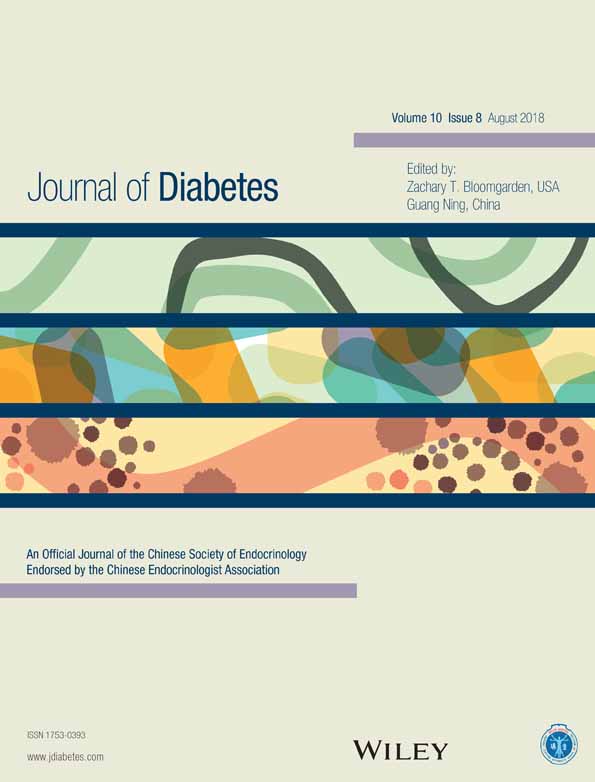Brain atrophy in middle-aged subjects with Type 2 diabetes mellitus, with and without microvascular complications
合并或者不合并微血管并发症的中年2型糖尿病受试者的脑萎缩研究
Abstract
enBackground: The rapid rise in Type 2 diabetes mellitus (T2DM) among young adults makes it important to understand structural changes in the brain at a presenile stage. This study examined global and regional brain atrophy in middle-aged adults with T2DM, with a focus on those without clinical evidence of microvascular complications.
Methods: The study recruited 66 dementia-free middle-aged subjects (40 with T2DM, 26 healthy volunteers [HVs]). Patients were grouped according to the presence (T2DM-C; n = 20) or absence (T2DM-NC; n = 20) of diabetic microvascular complications. Global brain volume (including gray matter [GM] and white matter) was calculated based on voxel-based morphometry analysis. Regional GM volumes were further extracted using the anatomical automatic labeling template.
Results: There was a significant difference in global brain volume among groups (P = 0.003, anova). Global brain volume was lower in T2DM-C patients than in both T2DM-NC patients and HVs (mean [±SD] 0.720 ± 0.024 vs 0.736 ± 0.021 and 0.743 ± 0.019, respectively; P = 0.032 and P = 0.001, respectively). Regional analysis showed significant GM atrophy in the right Rolandic operculum (t = 3.42, P = 0.001) and right superior temporal gyrus (t = 2.803, P = 0.007) in T2DM-NC patients compared with age- and sex-matched HVs.
Conclusions: Brain atrophy is present in dementia-free middle-aged adults with T2DM. Regional brain atrophy appears to be developing even in those with no clinical evidence of microvascular disturbances. The brain seems to be particularly vulnerable to metabolic disorders prior to peripheral microvascular pathologies associated with other target organs.
摘要
zh背景
年轻成人的2型糖尿病(T2DM)患病率在迅速增加,因此进一步了解早衰阶段的大脑结构变化就显得越来越重要。这项研究在中年T2DM患者中调查了全脑以及特定区域的脑萎缩情况,重点关注临床上没有微血管并发症证据的患者。
方法
本研究招募了66名没有痴呆的中年受试者(其中40名合并T2DM,26名为健康志愿者)。根据患者存在(T2DM-C;n = 20)或不存在(T2DM-NC;n = 20)糖尿病微血管并发症分组。使用基于三维像素的形态学测量分析法计算全脑容量(包括脑灰质与脑白质)。使用自动标记的解剖学模板进一步获得特定区域的GM容量。
结果
全脑容量在各组之间存在显著性差异(P = 0.003,ANOVA)。T2DM-C组患者的全脑容量与T2DM-NC组以及健康志愿者组相比都显著更小(平均全脑容量[± SD]分别为0.720 ± 0.024、0.736 ± 0.021与0.743 ± 0.019;分别P = 0.032与P = 0.001)。对特定区域的脑容量进行分析后发现,T2DM-NC患者的右侧罗兰迪克岛盖(t = 3.42,P = 0.001)以及右侧颞叶上回(t = 2.803,P = 0.007)的脑灰质萎缩程度与年龄以及性别都相匹配的健康志愿者相比更为显著。
结论
没有合并痴呆的中年T2DM患者也存在脑萎缩。特定区域的脑萎缩看来似乎在不断进展,即使是临床上没有微血管障碍证据的患者也是如此。在其他靶器官发生相关的外周微血管病变之前,大脑似乎特别容易受到代谢紊乱的影响。




